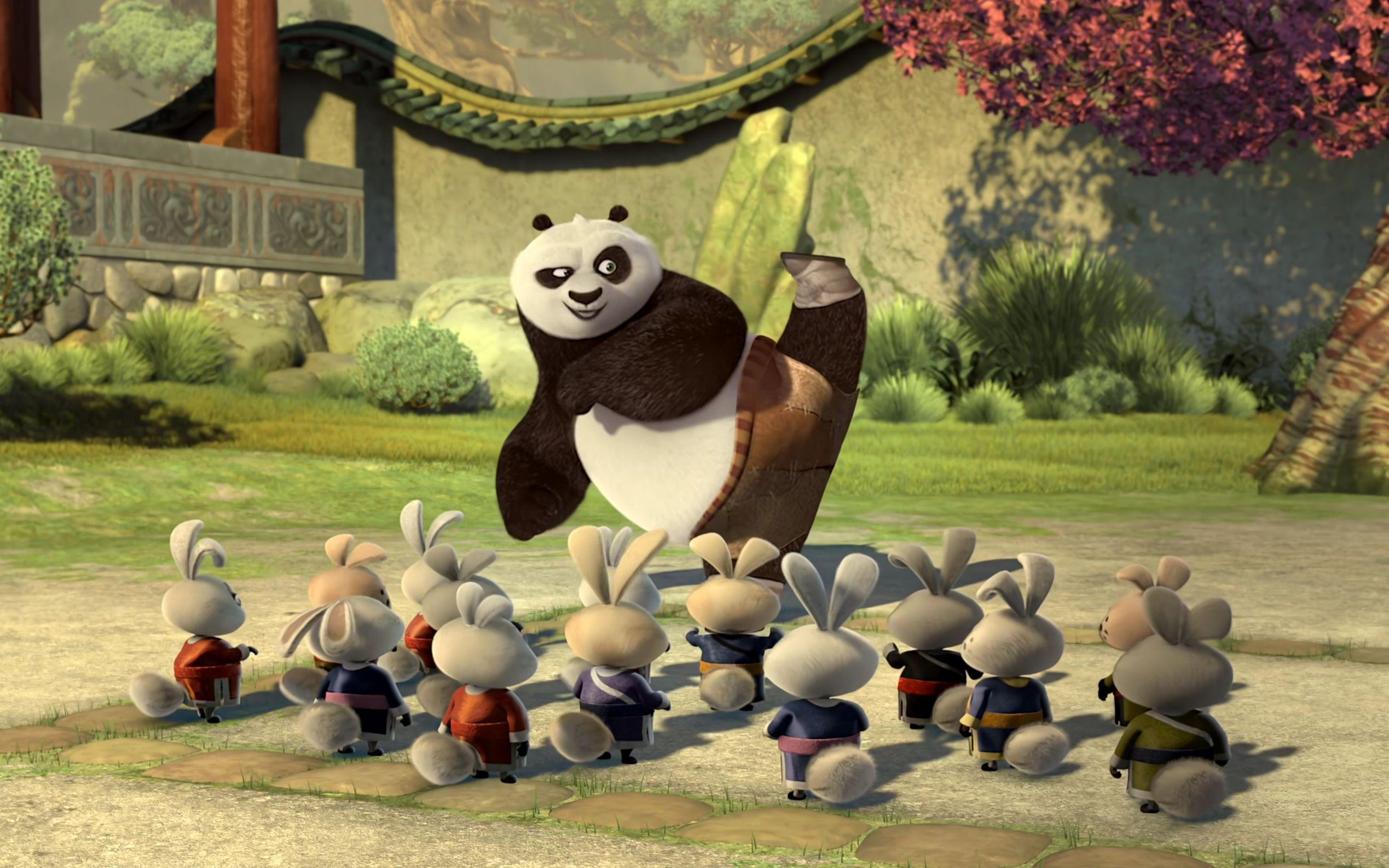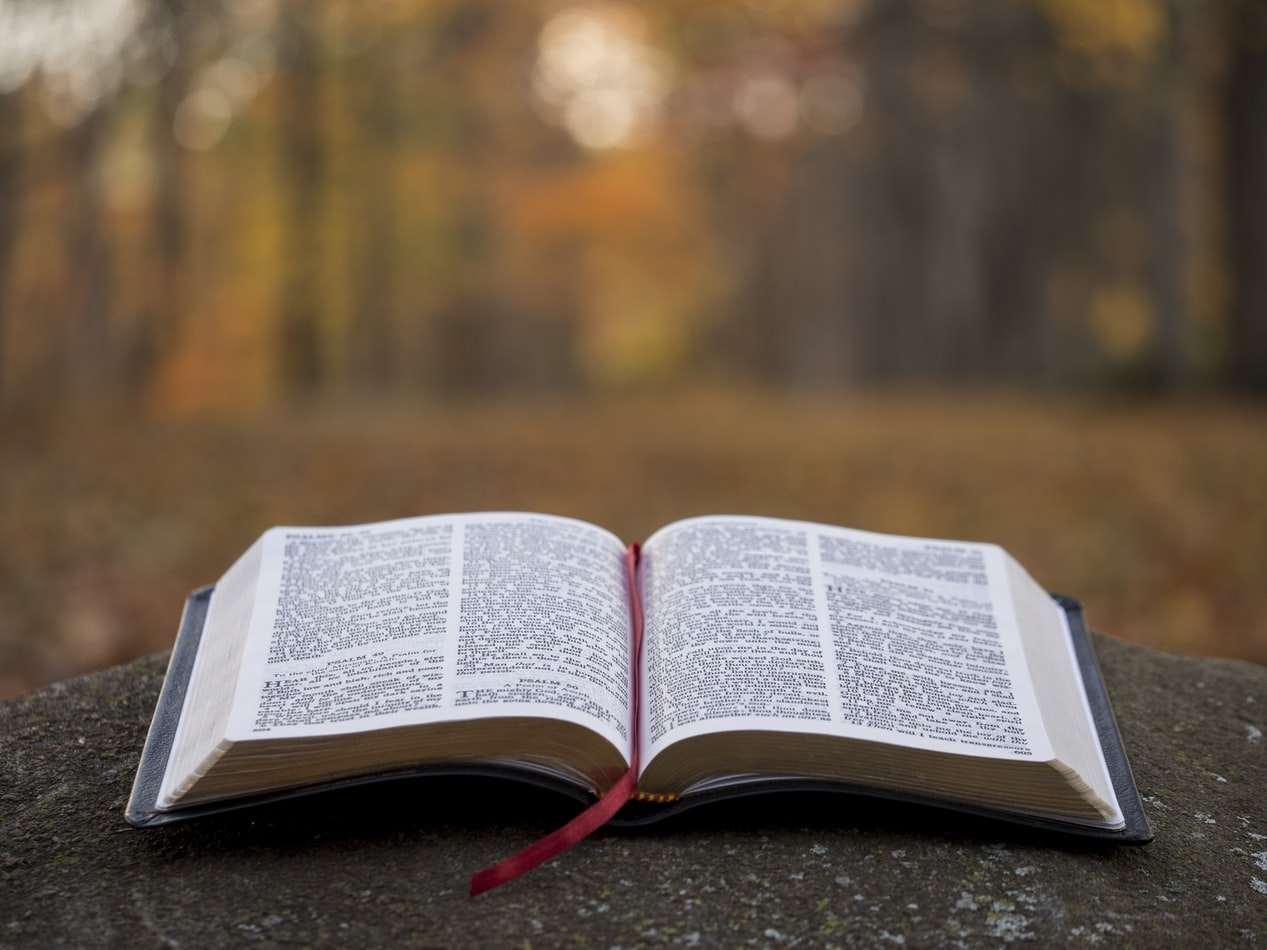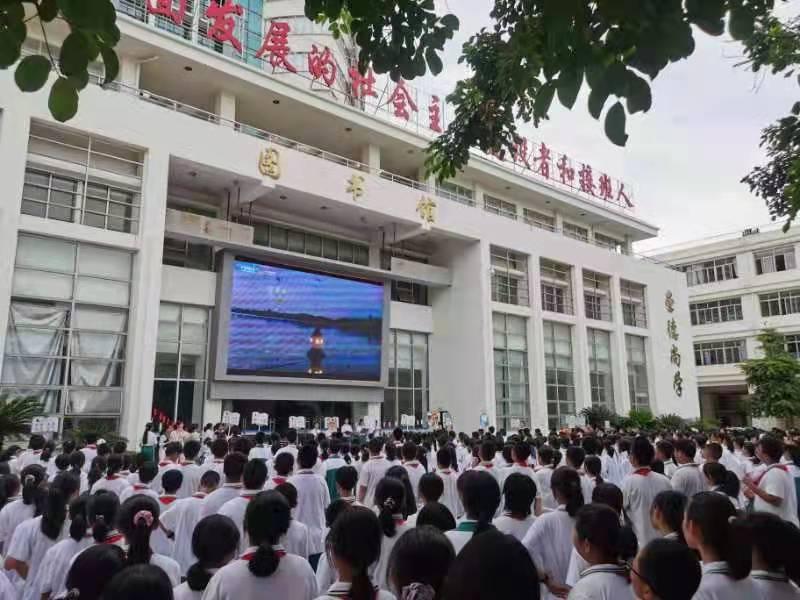摘要:本文简要概述了中国文化的发展历程。从古代文明的起源开始,探讨了传统文化如儒家思想、道家哲学和佛教的影响。文章还提到了现代中国文化的发展,包括科技、艺术和教育等领域的进步。通过深入了解中国文化的演变,可以更好地理解其历史背景、核心价值观和社会变迁。
Chinese culture is one of the oldest and most distinctive cultures in the world, enriched by thousands of years of history and tradition. This essay aims to provide a concise overview of the significant stages and milestones in the development of Chinese culture.
1、Ancient Times: The Origin of Chinese Culture
Chinese culture can be traced back to the Neolithic Age, with the emergence of settled agriculture communities. The Yellow Emperor, considered as the ancestor of Chinese civilization, is credited with inventing various agricultural tools and techniques. The Xia, Shang, and Zhou dynasties marked the establishment of a centralized political system and the development of Chinese philosophy, literature, and art.
2、The Classical Age: From Antiquity to Imperial Times
The Han dynasty (206 BC – AD 220) saw the flourishing of Chinese culture, with significant advancements in literature, history, philosophy, and technology. The Confucian philosophy, which emphasizes harmony, morality, and social order, gained popularity during this period. The Silk Road opened up trade routes between China and the West, leading to cultural exchanges and influences from other civilizations.
3、The Cultural Revolution in Imperial China
The Tang (AD 618-907) and Song (AD 960-1279) dynasties marked a golden age for Chinese culture. The Tang dynasty witnessed the flourishing of poetry and art, with famous poets like Li Bai and Du Fu contributing to the golden age of Chinese literature. The Song dynasty was a period of scientific and technological advancements, with notable contributions in mathematics, astronomy, and medicine.
4、Modernization and Cultural Evolution
The 20th century saw significant changes in Chinese culture due to the influence of modernization and Westernization. The May Fourth Movement advocated for cultural reforms and the introduction of modern education system. The Cultural Revolution (1966-1976) had a profound impact on Chinese culture, leading to the reevaluation of traditional values and cultural practices. However, this period also witnessed the revival of traditional arts and crafts and the preservation of intangible cultural heritage.
5、Cultural Development in the Modern Era
In recent decades, Chinese culture has experienced rapid development and globalization. The rise of China's economic power has led to increased cultural exports, with films, music, fashion, and food becoming popular worldwide. Traditional cultural practices like tea ceremony, martial arts, and festivals are also gaining recognition worldwide. Moreover, modern Chinese literature and art are evolving rapidly, incorporating traditional elements with contemporary themes and techniques.
6、Cultural Protection and Heritage Conservation
With the recognition of cultural heritage's importance in national development, China has taken several measures to protect its cultural heritage. The government has established various institutions to preserve historical sites, artifacts, and intangible cultural heritage. Cultural festivals and events are organized regularly to promote traditional culture among the younger generation. Moreover, educational programs are designed to promote awareness about cultural heritage and encourage people to participate in cultural preservation activities.
Conclusion:
Chinese culture has a rich history and tradition that has shaped its identity over thousands of years. From ancient times to modern era, Chinese culture has constantly evolved and adapted to new challenges and influences. Today, Chinese culture is thriving worldwide, with increased global recognition and appreciation for its unique values and practices. The future of Chinese culture remains promising as it continues to evolve and adapt to global trends while preserving its unique identity and values.




 鲁ICP备17023353号-2
鲁ICP备17023353号-2
还没有评论,来说两句吧...